We are pleased to announce that we have completed Phase 2 of the project thanks to the funding obtained in 2021. What began as a new format to promote a part of the cultural heritage, in this case La Jota, in the language that is sung and played, now you can view the webdoc in ENGLISH and CHINESE, all the texts and videos subtitled in those languages.
The Project: www.lajota.org
Whose heart doesn’t skip a beat when they hear the sound of castanets or the strumming of a bandurria?
The jota is the embodiment of a rich folkloric tradition and a symbol of identity. It is an art form born from passion, full of character and enthusiasm, which always stirs a strong sense of being rooted to a particular land, and that’s why we want to pay tribute to it.
This web documentary project is promoted by the ECUUP Foundation, a non-profit organisation created to support culture, the preservation of heritage and the professionalisation of this cultural sector.
This web documentary is connected to the web platform and the app lajota.app, and is intended to be a scalable project that can grow as more funding is raised. It is currently in phase 2, but is projected to continue to grow until all phases are completed.
JOTA, ART AND PASSION
The Jota. FOLKLORE THAT STIRS PASSIONS
The word jota comes from the Mozarabic term “šáwta”, meaning leap, the same leap your heart does upon hearing it when far from home. And who can leap the way they leap in the jota? Its bravura, its intensity and its way of speaking directly to the soul make it a folkloric tradition with a clear identity, full of strength and rasmia – that unique Spanish word meaning eagerness, determination and vitality.
ORIGIN, PRESENT AND FUTURE
Roots and evolution. A LONG HISTORY WITH A BRIGHT FUTURE
Where do the origins of the jota lie? How did it evolve into what it is today? Is the jota still a mass phenomenon? What is the future of this folkloric tradition?
TERRITORY AND UNITY
The folklore of the land. CONSTRUCTING A COMMON IDENTITY
There is no doubt that our territory unites us, and the jota is a living example of this. The jota is a quintessential part of the Aragonese identity, a cornerstone of the Aragonese territory, but what differences are there between jotas from different regions? Can you love the jota even if you didn’t grow up listening to it?
ARTISTS AND ARTISTRY
For the love of art. BRINGING A TRADITION TO LIFE
If any conclusion can be drawn from this journey, it is that the jota is undoubtedly an art form. And who makes art if not artists? Without singers, dancers, musicians, luthiers, teachers… none of this would be possible
Enjoy this short promotional video
This project has obtained funding from the Ministry of Culture and Sports of Spain, the City Council of Zaragoza and the Department of Culture and Sports of the Government of Aragon


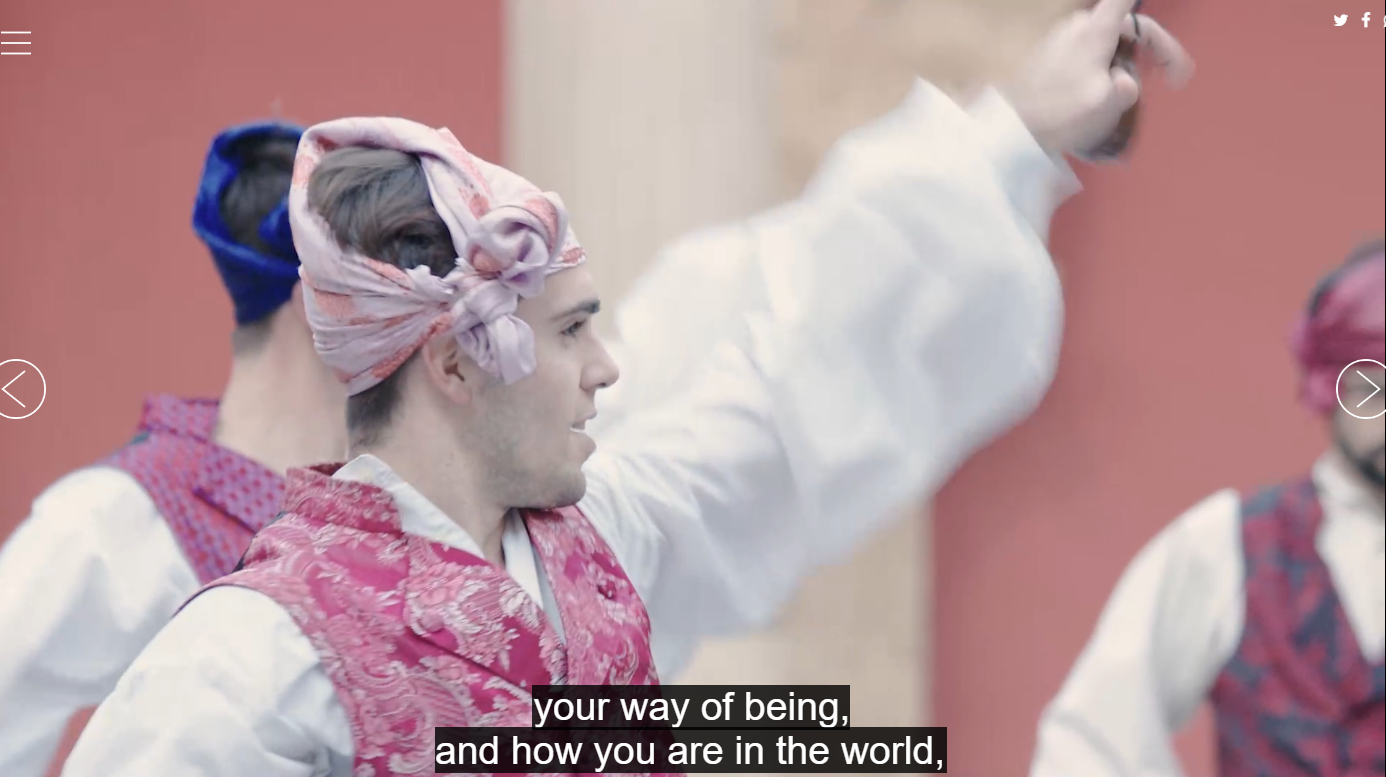
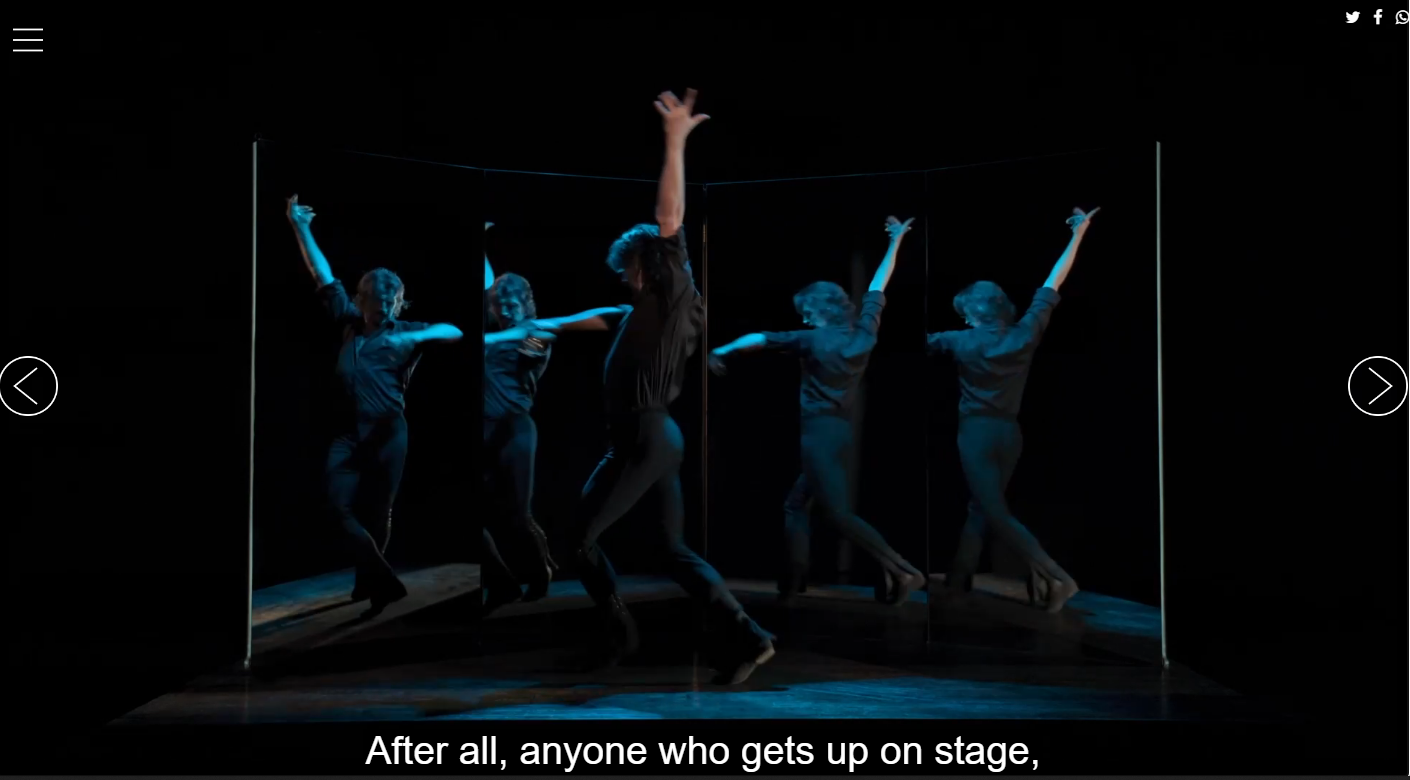
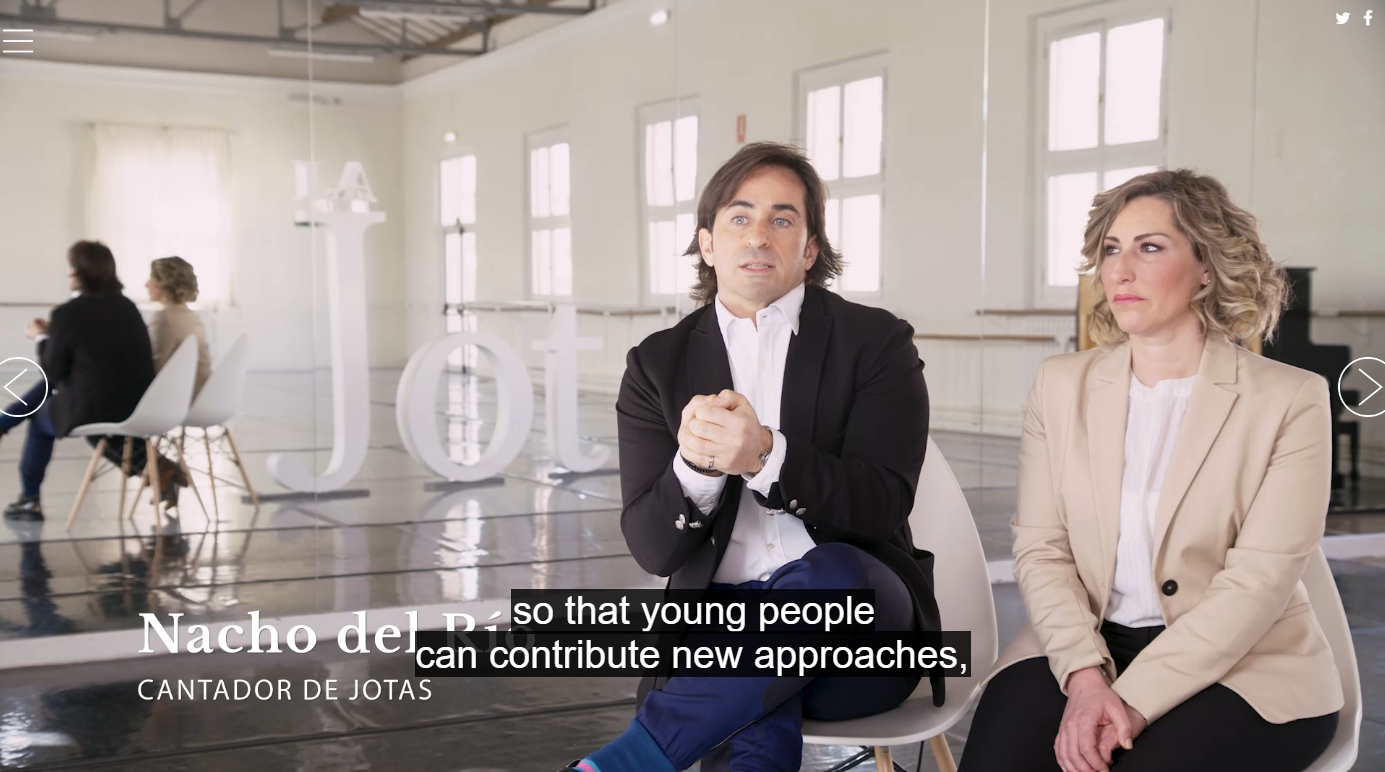
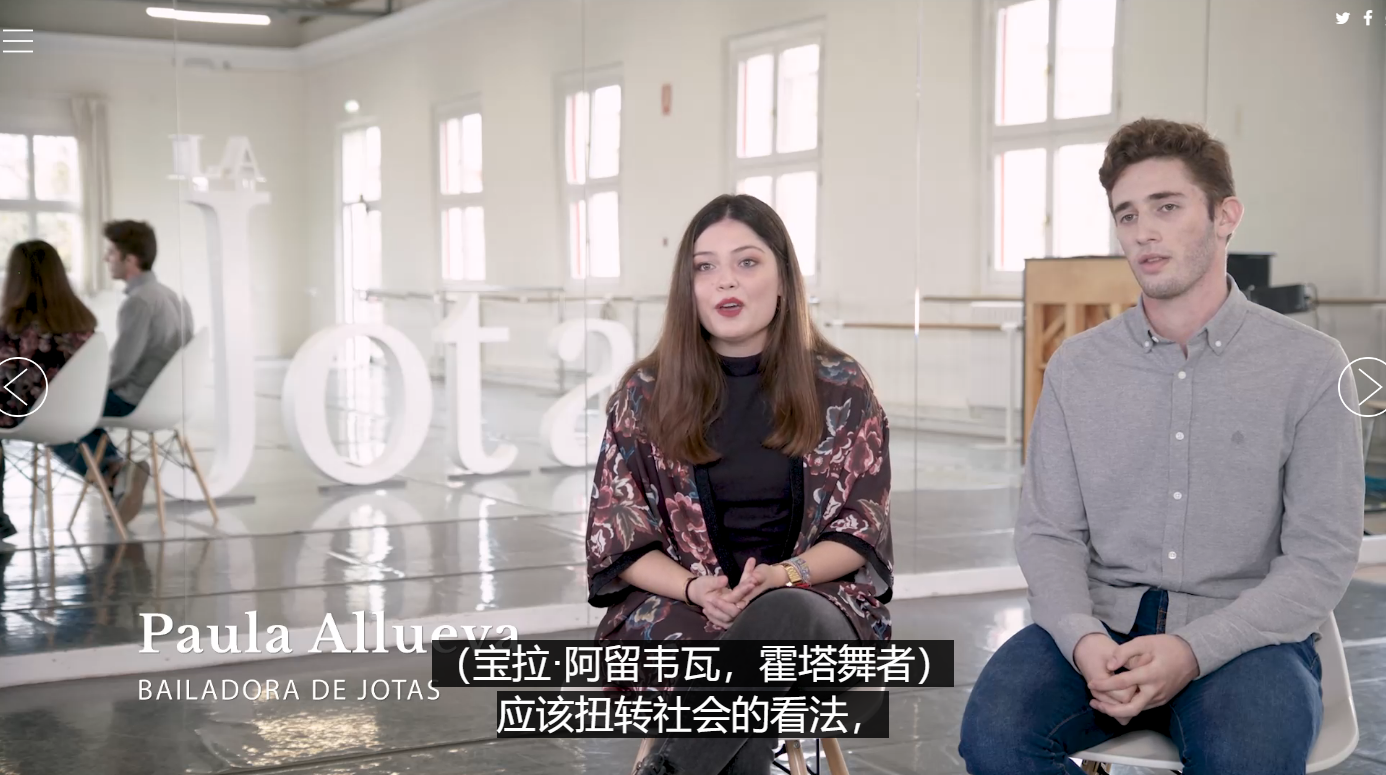
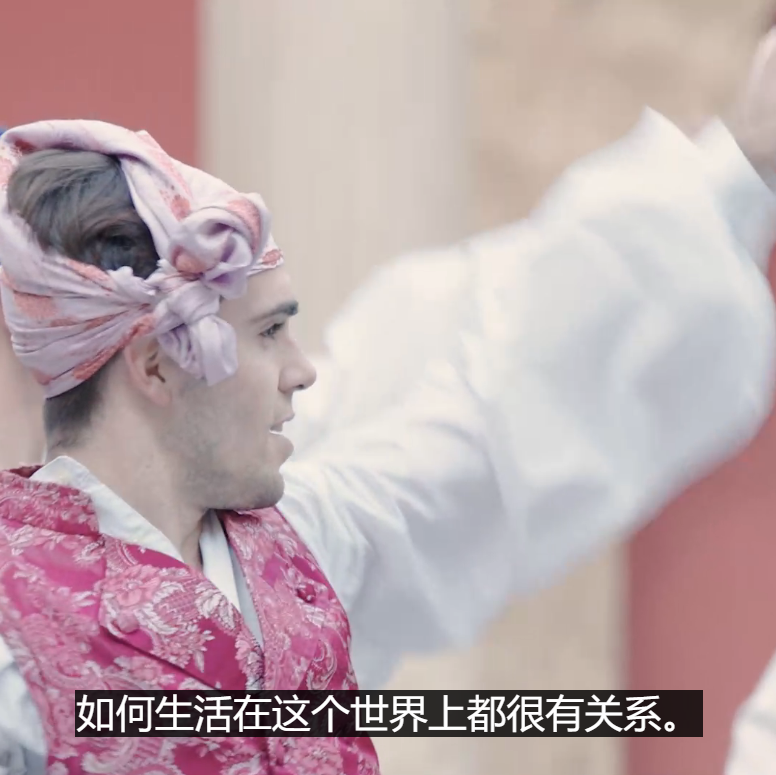
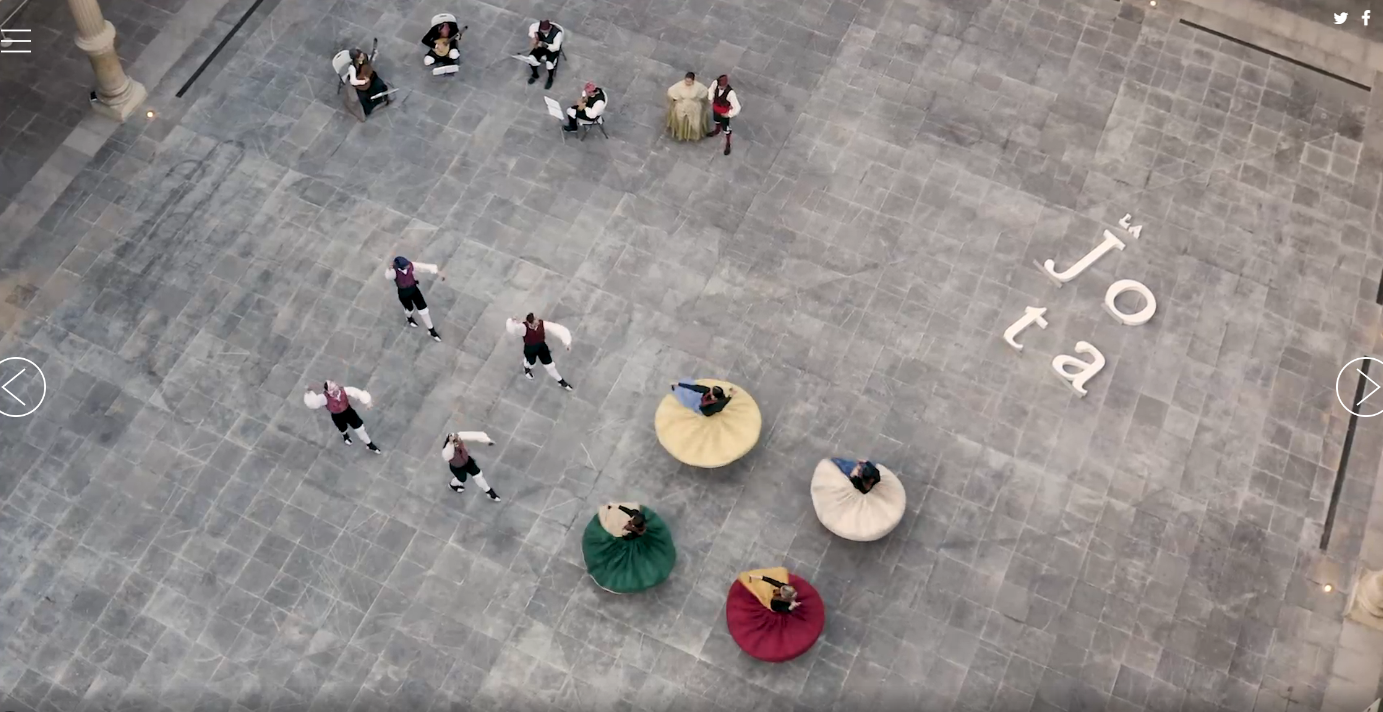
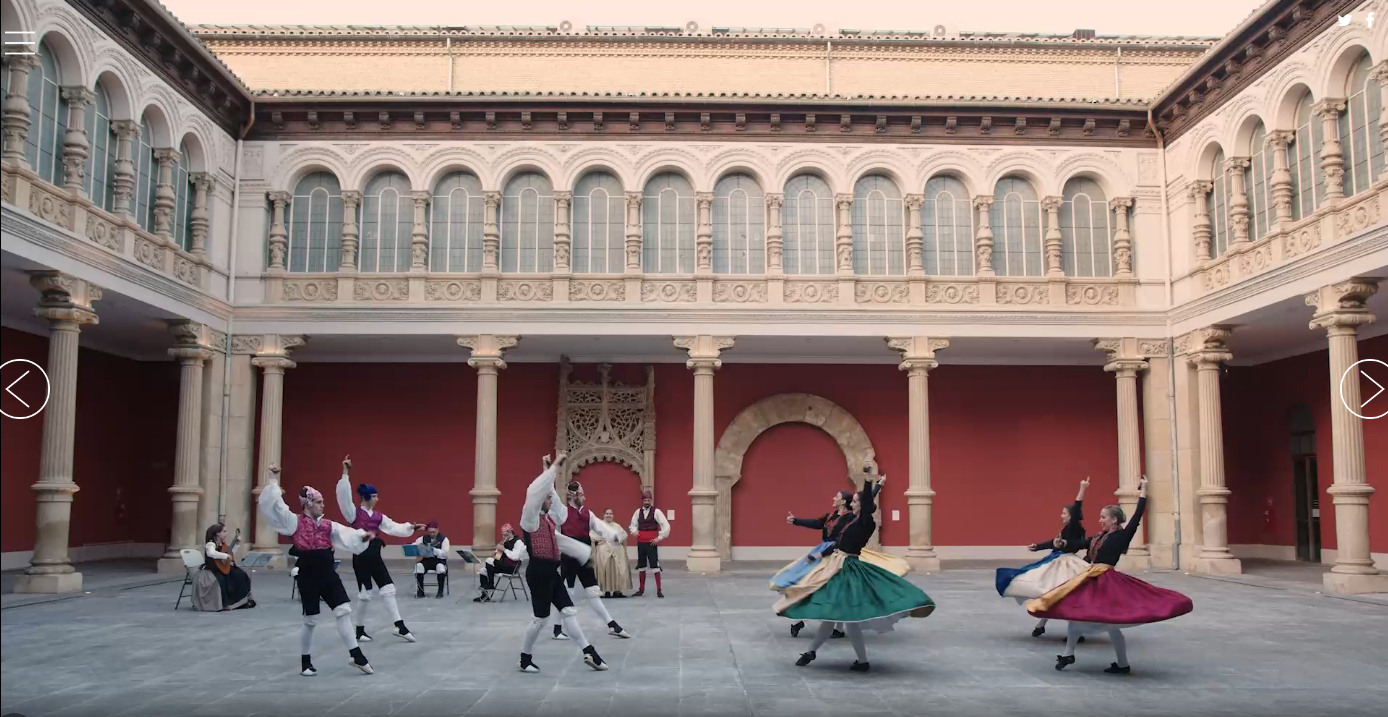
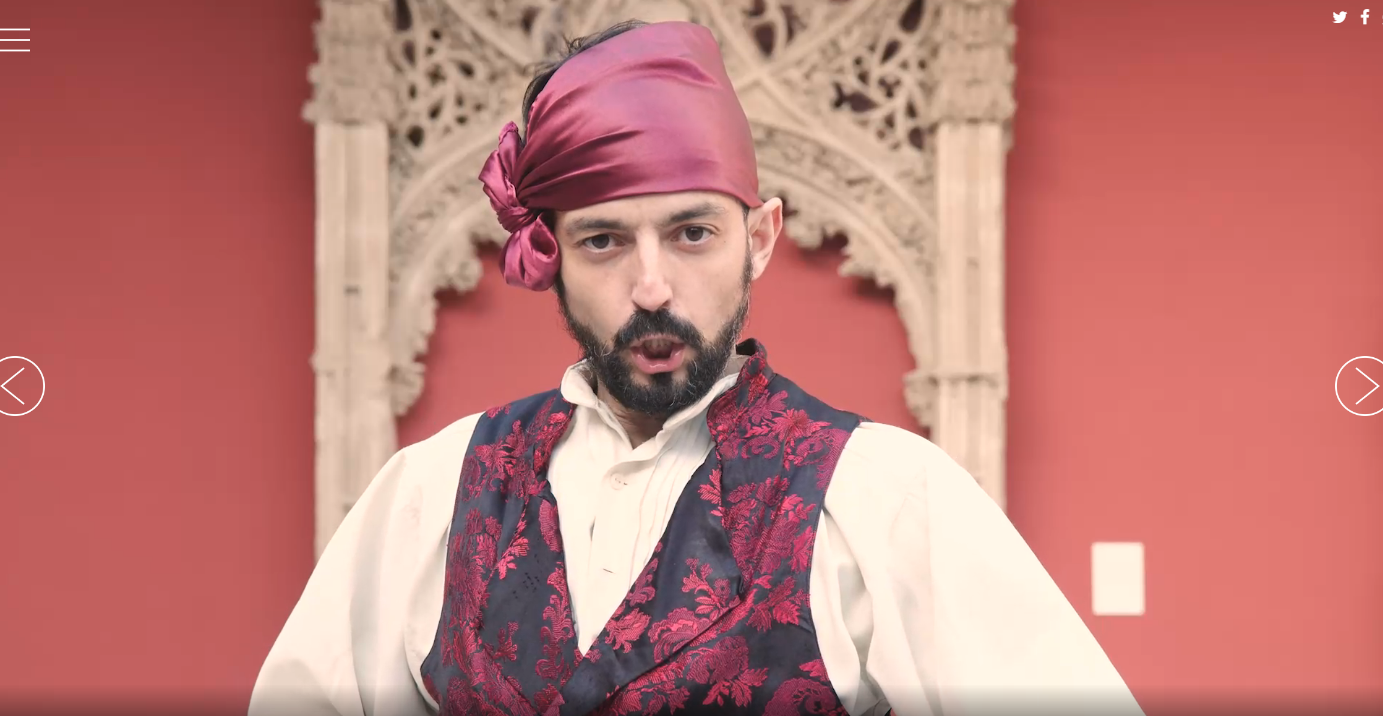
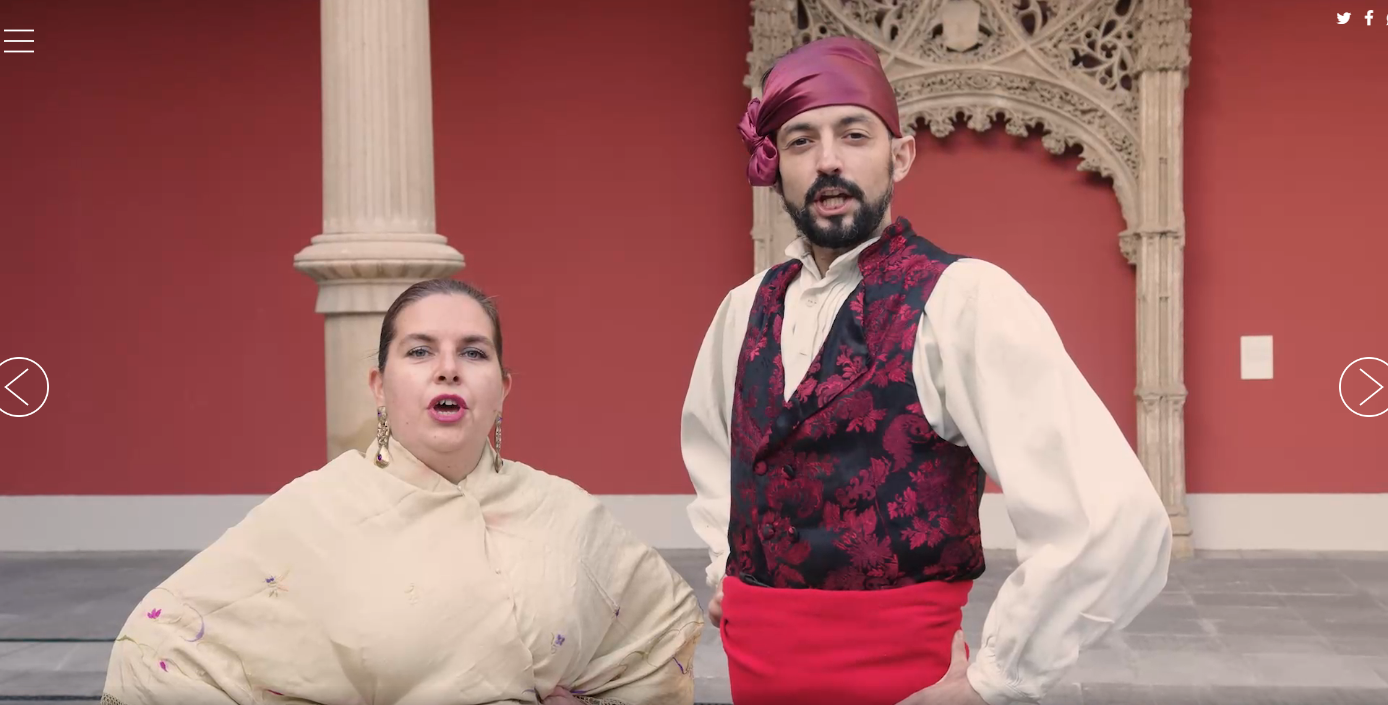


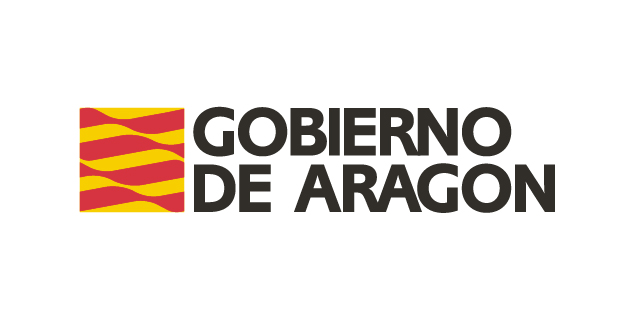
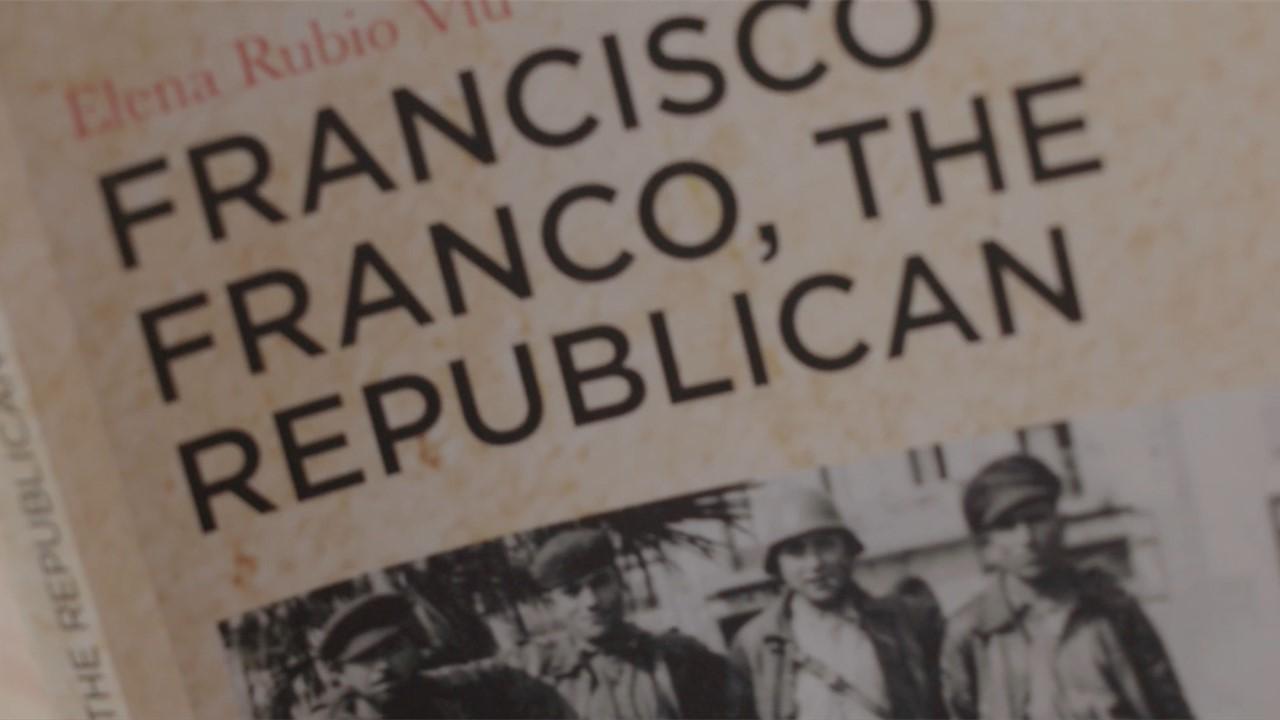
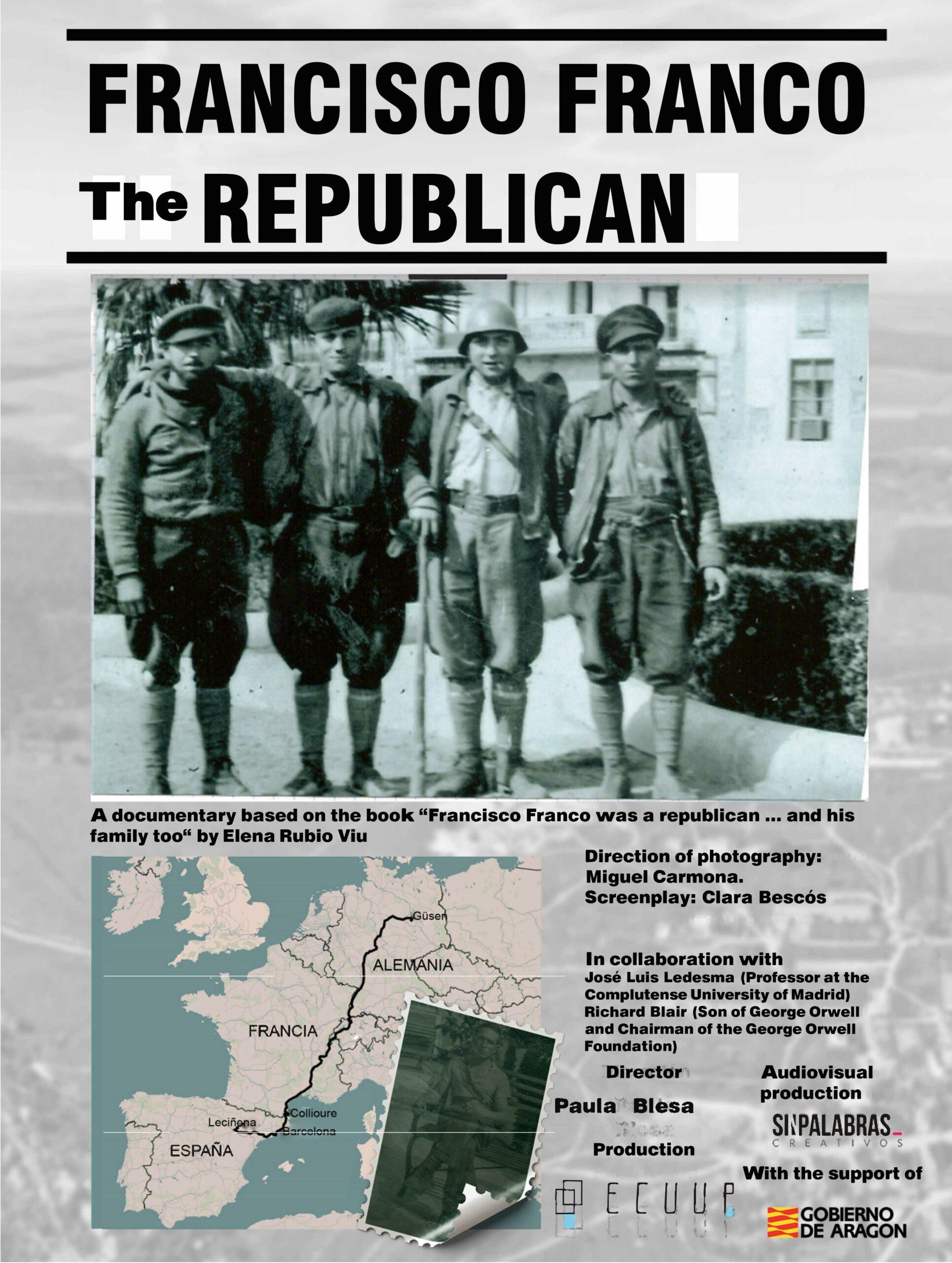

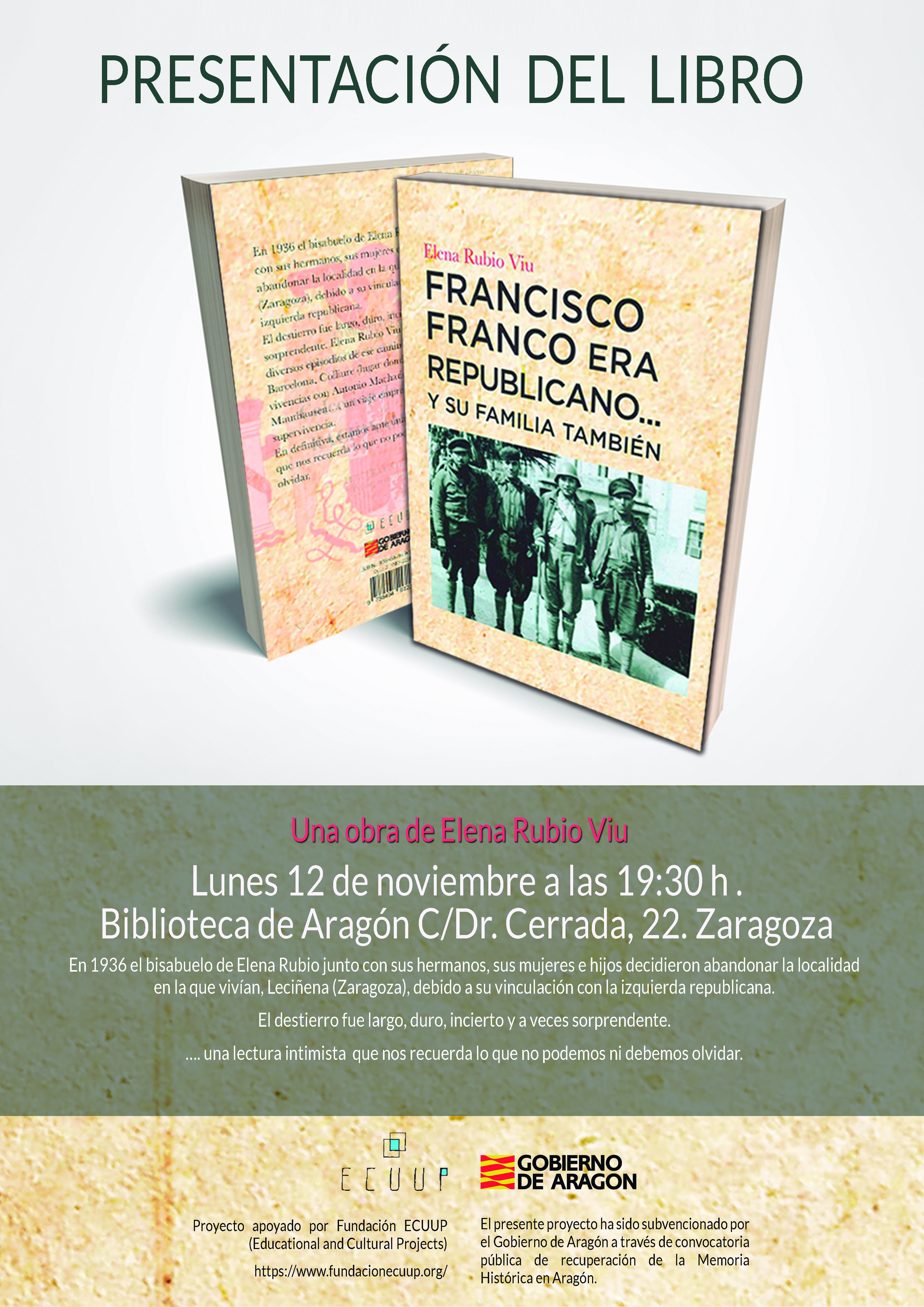
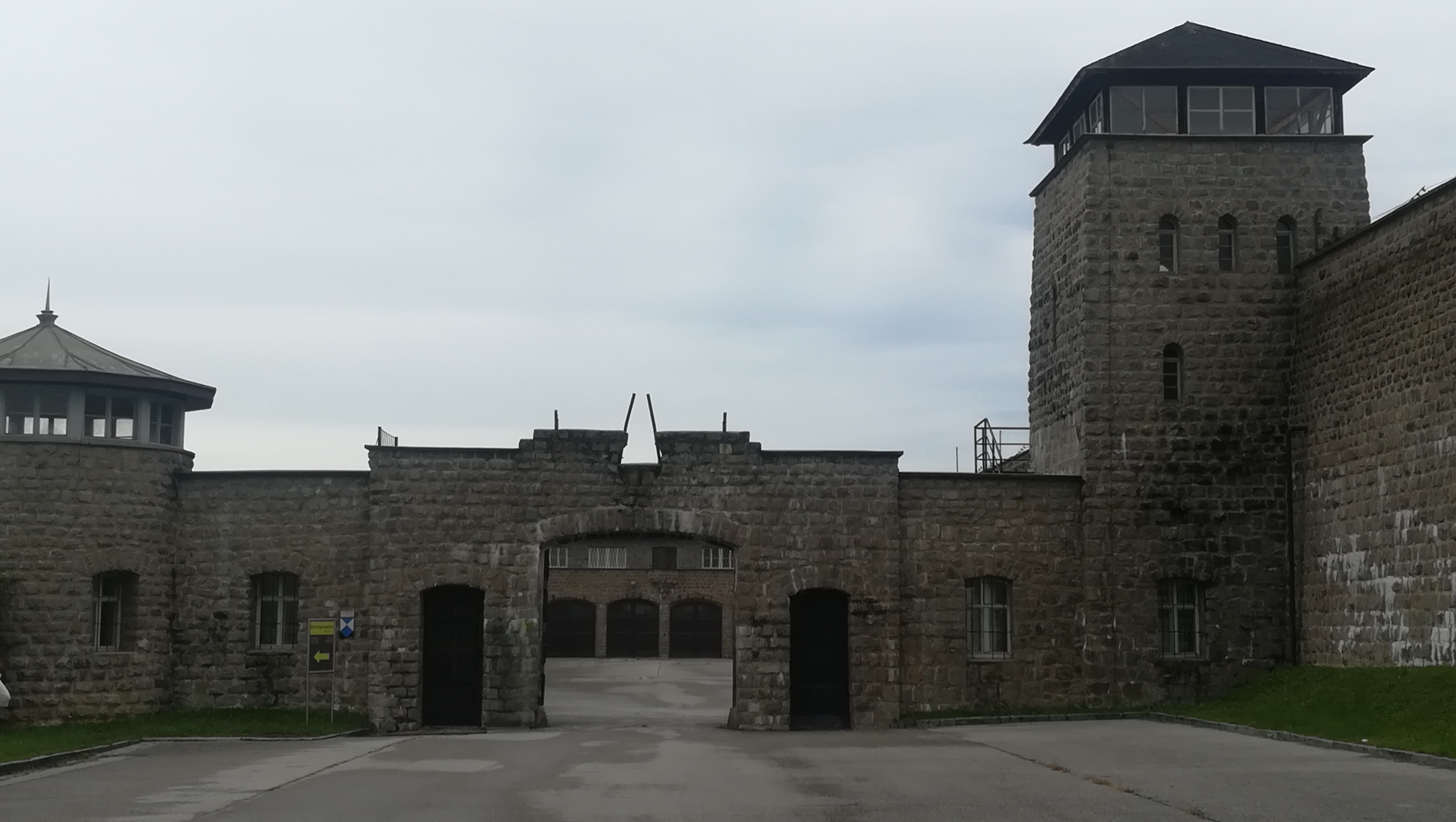
Leave A Comment